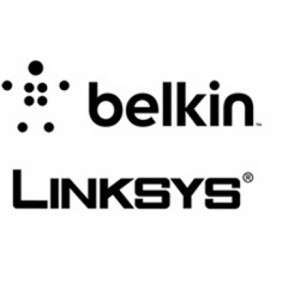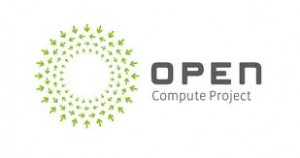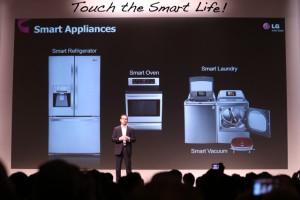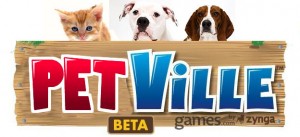Linksys is Cisco’s no more
Ajit Deshpande - January 28, 2013 - 0 Comments
 Linksys, which was Cisco’s first acquisition in the consumer networking segment, was sold to home automation products manufacturer Belkin for an undisclosed amount last week. Established in 1988 and acquired in 2003 by Cisco for around $500 million, Linksys has been synonymous with home and small office networking products, while at the same time being considered a bit of an outlier within Cisco’s higher-margin, large-enterprise focused product portfolio. Despite Cisco’s plans as far back as in 2007 to end-of-life the Linksys brand, the Linksys brand has stayed alive until now, and is expected to continue to do so as part of Belkin’s Wi-Fi based WeMo home automation product suite.
Linksys, which was Cisco’s first acquisition in the consumer networking segment, was sold to home automation products manufacturer Belkin for an undisclosed amount last week. Established in 1988 and acquired in 2003 by Cisco for around $500 million, Linksys has been synonymous with home and small office networking products, while at the same time being considered a bit of an outlier within Cisco’s higher-margin, large-enterprise focused product portfolio. Despite Cisco’s plans as far back as in 2007 to end-of-life the Linksys brand, the Linksys brand has stayed alive until now, and is expected to continue to do so as part of Belkin’s Wi-Fi based WeMo home automation product suite.
Cisco has spent significant money and resources over the past decade to penetrate the consumer networking / data market segment. In addition to Linksys, Cisco also acquired on-demand collaboration player Webex and consumer-friendly camera maker Flip, and introduced a home energy controller amongst other things over this period. These were all excellent pieces of an overarching plan to penetrate the consumer segment, to control data-intensive endpoints in the home and the small enterprise. Success in this plan would have helped Cisco sell networking gear to the huge SMB market, and at the same time understand the needs and profiles of end-consumers in the face of the cloud-adoption megatrend. However, things did not work to plan, and as of today, Linksys has been divested, Flip has been shut down, and the home energy controller project has been shelved.
Can one company do well in both consumer/small business and enterprise? These two segments in general have vastly different sales force mindsets, gross and operating margins, user experience requirements, monetization approaches, product customization needs and so on. Focusing on both segments might just polarize the employee base, muddle public market expectations, and overall might just be a recipe for failure. Cisco seems to have accepted this, but not completely. A partnership with AT&T for the connected home announced at CES, and the acquisition of cloud-managed services provider Meraki suggest Cisco continues in its pursuits. Good luck, Cisco…


